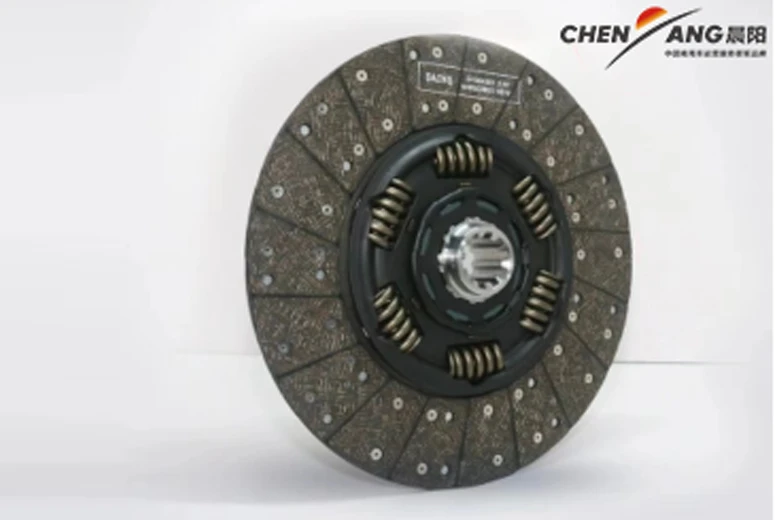Understanding the Principles of Spark Ignition Engines and Their Applications
Understanding Spark Ignition Engines The Heart of Modern Vehicles
The spark ignition (SI) engine is a ubiquitous technology that powers a vast majority of vehicles on the road today. This internal combustion engine utilizes a spark plug to ignite a mixture of air and fuel, generating the power necessary to drive the engine’s pistons and, ultimately, the vehicle itself. Understanding how spark ignition engines work can shed light on both their advantages and limitations, contextualizing their role in the automotive industry.
Fundamental Operation
At the core of the spark ignition engine's operation lies the four-stroke cycle, which includes intake, compression, power, and exhaust strokes. During the intake stroke, the engine draws in a mixture of air and gasoline. This mixture is then compressed during the compression stroke, increasing its temperature and pressure. As the piston reaches the top of its travel, the spark plug emits a spark, igniting the compressed air-fuel mixture. The explosion forces the piston down in the power stroke, which translates to rotational motion that powers the vehicle. Finally, in the exhaust stroke, the spent gases are expelled from the cylinder, making way for a new intake.
Advantages of Spark Ignition Engines
One of the primary advantages of spark ignition engines is their efficiency with lighter fuels, such as gasoline
. These engines tend to have a better power-to-weight ratio compared to their diesel counterparts, making them well-suited for passenger vehicles. Additionally, SI engines are generally more responsive and capable of achieving higher RPMs, which is particularly appealing for sports cars and performance vehicles.Moreover, gasoline engines typically produce fewer nitrogen oxides (NOx) emissions when compared to diesel engines. This trait makes SI engines more favorable in urban settings, where air quality is a major concern. As automotive technology evolves, manufacturers are also integrating advanced fuel injection systems and combustion techniques to further optimize fuel efficiency and reduce emissions, thus aligning with environmental standards and consumer demands.
Limitations and Challenges
spark ignition engine

Despite their advantages, spark ignition engines are not without limitations. A significant drawback is their relatively lower thermal efficiency compared to diesel engines. Diesel engines can operate at higher compression ratios, leading to improved thermal efficiency and fuel economy. In contrast, SI engines run the risk of knocking (premature ignition) when operating at high compression, necessitating the use of higher-octane fuels in some cases.
Furthermore, the dependence on fossil fuels poses a sustainability challenge. As global awareness of climate change increases, there is an urgent push towards alternative power sources. Innovations in electric vehicles (EVs) and hybrid systems are reshaping the automotive landscape, and while SI engines remain prevalent, they face increasing competition from these greener technologies.
The Future of Spark Ignition Engines
Looking ahead, spark ignition engines will likely see significant advancements as engineers and manufacturers work to overcome current limitations. Hybrid vehicles, which combine both SI and electric power sources, offer a pathway for improving fuel efficiency while reducing emissions. Additionally, research into alternative fuels, such as ethanol and hydrogen, could enhance the sustainability of spark ignition technology.
Moreover, the integration of smart technologies and telematics can optimize engine performance in real-time, ensuring that the vehicle operates under the most efficient conditions. Innovations in materials and design are also expected to enhance longevity and minimize environmental impact.
Conclusion
In summary, spark ignition engines remain a crucial technology in the automotive sector, combining efficiency and power for everyday vehicles. While they face challenges, particularly regarding environmental sustainability, ongoing advancements promise to enhance their performance and reduce their ecological footprint. As the industry evolves, the spark ignition engine will continue to play an important role in shaping the future of transportation, demonstrating a remarkable blend of engineering ingenuity and adaptability.
-
SINOTRUK HOWO 84 Electric Dump Truck for Eco-Friendly Heavy HaulingNewsJul.26,2025
-
The Fast 16-Gear Manual Transmission Assembly for Heavy TrucksNewsJul.25,2025
-
Mercedes Benz Actros 1848 42 Tractor Truck for Sale - Reliable PerformanceNewsJul.24,2025
-
High-Quality Water Pump Assembly for Sinotruk Trucks – Durable & ReliableNewsJul.23,2025
-
Premium Truck Engine Antifreeze Coolant Fluid for Heavy Duty VehiclesNewsJul.22,2025
-
FOTON View G7 Mini Bus: Affordable & Spacious TransportNewsJul.22,2025
Popular products

























